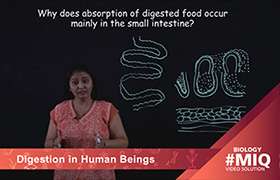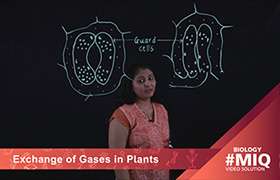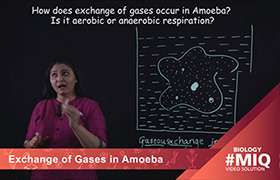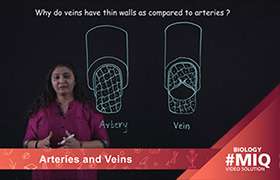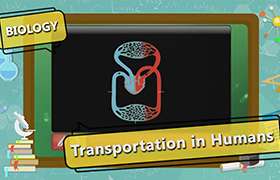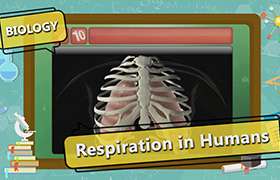CBSE Class 10 Answered
Lungs consist of a series of tubes which carry air to and from the blood at the gas exchange surface in the 'alveoli'. These alveoli are microscopic hollow balls which are covered on the outside by blood capillaries (extremely narrow blood vessels) and a thin layer of mucus on the inside, which increases the speed at which the air diffuses into and out of the blood.
The spherical shape of the alveoli, the microscopic width of these hollow balls (allowing more to fit within a small space) and the density of blood vessels inside the lungs all maximise the surface area.
The lungs are not 'designed' in this way, instead human lungs have evolved from simple gas exchange organs, becoming increasingly complex over a very long period of time.

